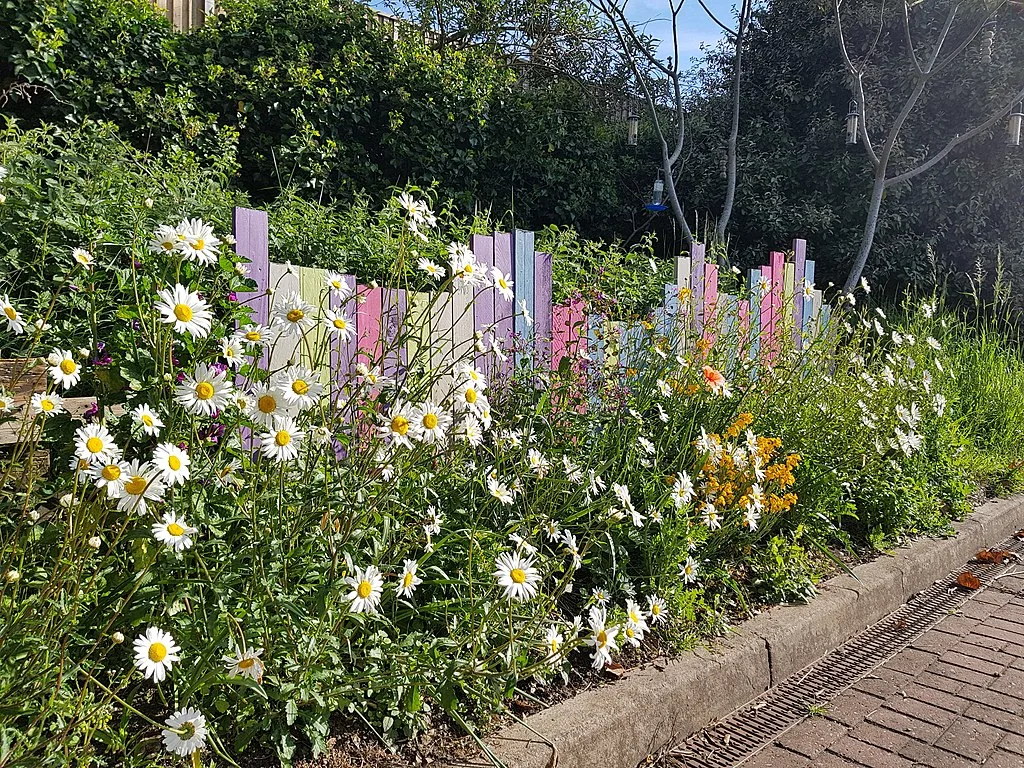Creating a garden in your outdoor space can provide a serene, relaxing environment. Whether you prefer traditional, contemporary, exotic, or any of the other diverse garden styles, the possibilities are endless! With a little bit of research, you can find the style that suits your space and create a garden that you can be proud of. We hope our list of garden styles can help you find some inspiration.
Cottage Garden Style


When it comes to choosing a garden style, both the cottage and traditional designs have their own unique appeal. However, the cottage garden style is particularly well-suited to smaller gardens, thanks to its colorful and casual feel. With its mismatched furniture and winding pathways, this style creates a charming, haphazard effect that’s both inviting and laid-back. Despite their informal feel, cottage gardens still make use of traditional elements like colorful flowers, herbs, and large trees, which give them a rustic, timeless look. And for those who are new to gardening, the cottage garden style is a great choice, as it’s simple and easy to maintain.
Traditional Garden Style


Winding paths and symmetrical flowerbeds often characterize traditional gardens. The Bath Priory Hotel provides the best example of this style. It showcases a stunning array of flowers, foliage, and trees. Garden designers often blend this style with others to create a harmonious balance of timeless elegance and modern beauty.
English Country Garden Style


If you’re looking to create a beautiful outdoor space with a classic, timeless feel, the English country garden style might be just what you’re after. One of the key features of this style is its use of wide paths, which not only provide practicality but also give the garden a grand, spacious feel. Deep herbaceous borders filled with colorful blooms, along with well-placed shrubs and trees, add texture and interest to the design. Focal points such as statues or water features can help draw the eye and create a sense of elegance.
Another hallmark of the English country garden style is topiary, where plants are carefully trimmed into elaborate shapes, adding a touch of whimsy to the design. And even in the colder months, there’s plenty of interest to be found, with winter-friendly plants and features like evergreens and frost-resistant flowers.
When it comes to furnishings, traditional pieces that are inspired by classic architecture are a great match for this style. Think wrought iron benches or wooden arbors that evoke a sense of history and charm. With its mix of formal elements and natural beauty, the English country garden style is a great choice for anyone looking to create an inviting and stylish outdoor space.
Outdoor Room Gardens
Outdoor room gardens are a great way to create a cozy space in your garden. Unlike traditional gardens, outdoor room gardens typically do not have grass, instead, they may have decking, paving, or gravel surfaces. Additionally, the furniture and other elements of decor are key components of this style, allowing you to make the most of the space you have.
Contemporary or Modern Garden Style


A modern garden style is defined by an innovative use of materials, such as corten steel or gabions. This style is often accompanied by sleek furniture, minimalistic colors, and geometric shapes. It is a great way to create a contemporary feel in any outdoor space.
Coastal Garden Design


If you’re lucky enough to live near the coast, creating a garden that’s well-suited to your environment can be a great way to connect with your surroundings. Coastal gardens share some similarities with dry gardens, often using similar plants that can thrive in sandy or well-draining soil. However, in areas with high rainfall and strong winds, it’s important to choose plants that are not only drought-resistant, but also wind-resistant to prevent damage to your garden.
In addition to careful plant selection, there are other factors to consider when designing a coastal garden. For example, sandy soil is common in coastal areas, which can make raised beds a good option for planting. And if you want to create a garden that truly reflects the sea, you may want to consider using shingle or gravel surfaces instead of a traditional lawn. With these tips in mind, you can create a beautiful and functional coastal garden that’s tailored to the unique demands of your environment.
Wildlife Garden


Designing a wildlife garden is a great way to attract and preserve local wildlife. To make your garden more wildlife-friendly, it’s important to avoid using any chemical products and instead provide natural sources of food, water, and shelter for predators like birds and frogs. Choosing to plant native species is also recommended to ensure that your garden can best support the local wildlife.
In addition to these key elements, providing shelter is another important aspect of creating a successful wildlife garden. One way to do this is by using natural materials like leaves to create a cozy hiding place for small creatures. Alternatively, you can purchase bug hotels, bat boxes, and birdhouses to provide shelter for a variety of different animals. With these tips in mind, you can create a thriving wildlife garden that not only enhances the beauty of your outdoor space but also supports the local ecosystem.
Japanese Garden Style


Creating a Japanese garden involves careful attention to detail, with a focus on pruning trees, selecting complementary colors and textures, and incorporating Japanese-style furniture and sheds. These elements work together to create a harmonious and serene outdoor space that reflects the beauty of Japanese culture. To learn more about the art of Japanese gardening, Monty Don’s book “Japanese Gardens” is a great resource, offering valuable insights and inspiration for anyone interested in this beautiful and timeless style.
No matter what garden style you choose, remember that gardens are constantly evolving and developing, so don’t be afraid to experiment with different plants, colors, and textures. The possibilities are endless when it comes to creating your own outdoor oasis.
